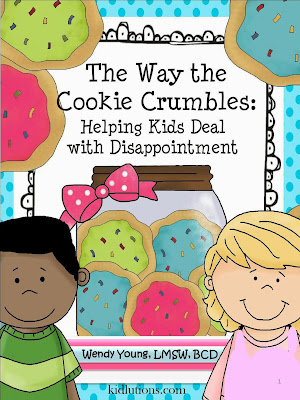3 Fun Ways to Deal with Feelings
3 Ways to Help Kids Deal with Feelings
Using feelings faces in therapy, in counseling or at home with your child, can be an effective way to help children express and understand emotions, which provides a foundational piece for social-emotional skill building. Bonus points if you can turn it into a game or fun activity! The more fun something is, the more it sticks in our memory.
Here's Why It Matters
~ Emotional awareness is closely linked to improved academic performance and mental health.
~ Children with emotional awareness tend to exhibit more self-control, focus, and motivation in school settings
~ Emotional awareness minimizes the risk of anxiety and depression, enabling children to approach life's challenges with confidence.
Here are three easy ways to have fun with feelings:
1. Emotion Matching Game: Create a set of cards with different feelings faces and another set with emotion words. Have clients match the faces to the corresponding emotion words. This activity can help improve emotional vocabulary and recognition skills. To make it more engaging, you can turn it into a memory game where players take turns flipping over two cards to find matching pairs. For younger children, print two sets of the same feelings and cut out one set of faces, leaving the other set intact on the sheet. Have them match the faces by putting them on top of the corresponding faces. Our Zebra Feelings resource offers a fun way to play.
2. Feelings Charades: Use feelings faces as prompts for a charades game. Have each participant draw a card with a feelings face and then act out that emotion without using words, while others guess which emotion is being portrayed. For younger children, limit this to a few of the more basic feelings. This game encourages non-verbal expression and helps clients understand body language and facial expressions associated with different emotions.
3. Storytelling with Feelings: Provide a selection of feelings faces and have clients choose one or two. Then, ask them to create a short story or scenario in which the characters experience these emotions. This activity promotes creativity and empathy, as children explore the causes and effects of emotions and consider how different situations might lead to different feelings.
Be sure to include some discussion about what we can do to cope when we are having different feelings. Allow the kids time to think before jumping in with ideas. Kids come up with some of the coolest and most innovative ways to manage things, when given the time and space to do so!
These games foster emotional intelligence and communication skills...and all can be played by creating your own feelings faces, cutting them out of magazine, drawing them...or using one of our newest resources:
More on Feelings
To see our other posts with more information about dealing with feelings, simply type "feelings" into our search bar at the top of the blog.
If you are looking for resources that explore feelings and self-regulation to use at home, in the classroom, in counseling or therapy, check out the many digital download options we have available by going here.
Here's just an example of a few of the fun feelings activities that await:
Something to Keep in Mind...
When teaching kids about emotions, both human faces and animal faces can be effective tools, depending on the context and the age of the children. Human faces are often more relatable and can provide more realistic depictions of emotions, helping children understand the subtleties of facial expressions and social cues. This can be particularly beneficial for older children who are developing more complex social skills. Conversely, animal faces can be engaging and fun for younger children, capturing their interest and making learning feel like play. Animal characters often emphasize exaggerated expressions, which can make it easier for young kids to identify and understand basic emotions. Ultimately, a balanced approach that incorporates both human and animal faces can cater to different learning styles and developmental stages, creating a comprehensive and enjoyable learning experience.
Until next time,
%20(3).png)
.png)
%20(1).png)







Comments